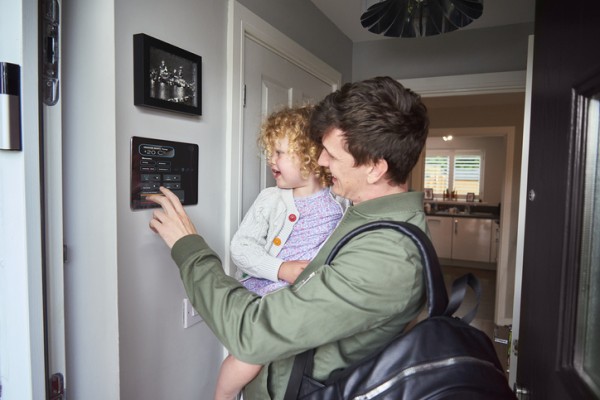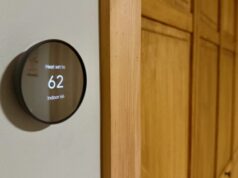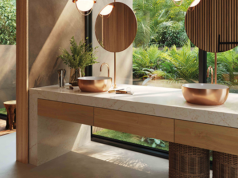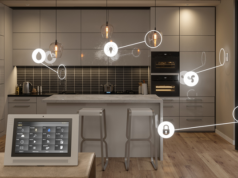
Smart homes ain’t just about flashy gadgets — they’re about making your energy work smarter, saving you dollars, and helping the planet along the way. When you bring home automation into the mix, you get better control over how energy flows through your place, making your renovation or new build a real game-changer.
What is home automation?
Home automation is the tech that lets you control your lights, heating, cooling, appliances and more from one central system. Whether it’s through your smartphone, voice commands or automated schedules, home automation can help cut down waste and optimise energy use.
How home automation reduces energy consumption
A well-designed home automation system lets you:
- Turn off lights or appliances remotely when they’re not needed
- Program heating and cooling to only work when you’re home
- Monitor real-time energy use to spot where you’re burning too many watts
- Use smart sensors to adjust lighting and temperature based on occupancy and natural light
This means you get comfort without the costly energy bills.
Smart lighting and energy savings
Switching to smart LED lighting controlled by automation helps slash electricity use. You can set timers, dimmers and motion sensors so lights only shine when you need ’em. Plus, many smart bulbs last longer, cutting replacement costs too.
Heating, cooling and climate control
Heating and cooling can gobble up a huge chunk of your energy budget. Automation systems can sync with smart thermostats and sensors to keep your home comfortable without wasting power. For instance, you might program the aircon to switch off when windows open or to pre-cool your place before you arrive.
Integration with renewable energy
If your renovation includes solar panels or battery storage, home automation can help maximise self-consumption. Smart systems can prioritise using your solar power for appliances or shift heavy loads like EV charging to daylight hours, saving you from peak grid rates.
What to consider when installing home automation
- Compatibility: Make sure your system works well with your existing appliances and infrastructure.
- Scalability: Choose a system that can grow with your needs and future upgrades.
- User-friendly interfaces: It’s got to be easy for everyone in the household to use.
- Professional installation: Engage licensed electricians and automation experts to get it right the first time.
Energy monitoring and feedback
One of the coolest features of home automation is getting clear feedback on how much energy you’re using. Some systems offer apps or dashboards that show which devices are power-hungry, helping you make smarter choices day to day.





